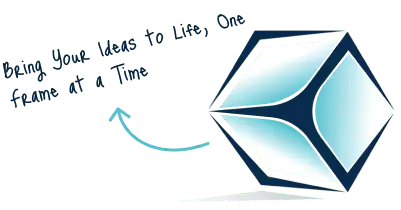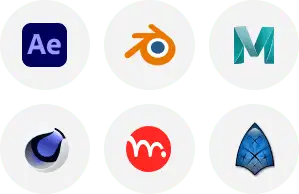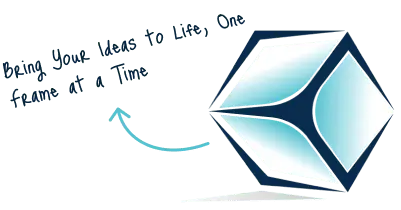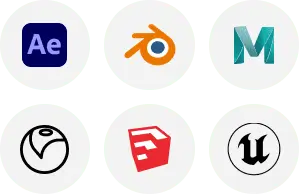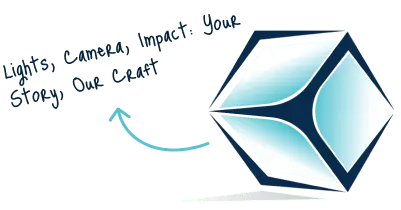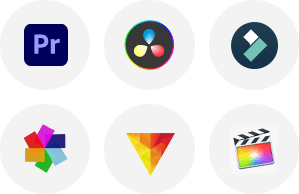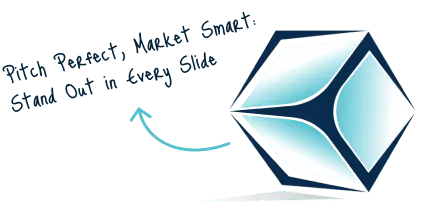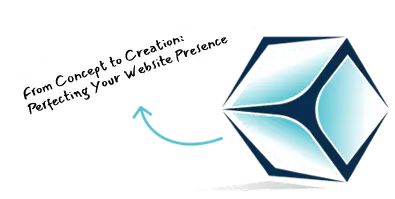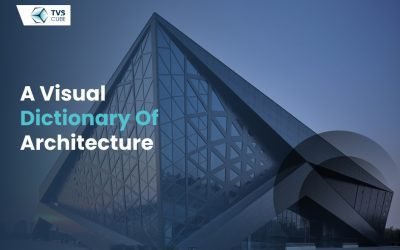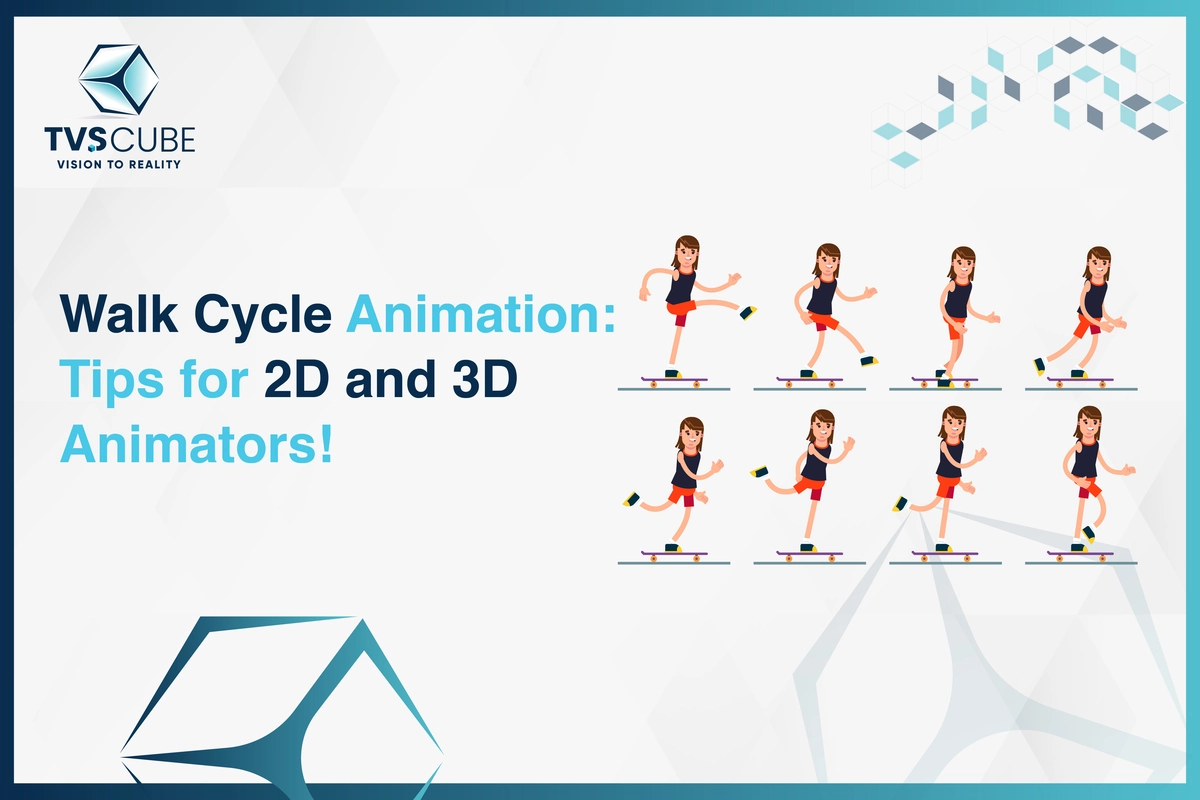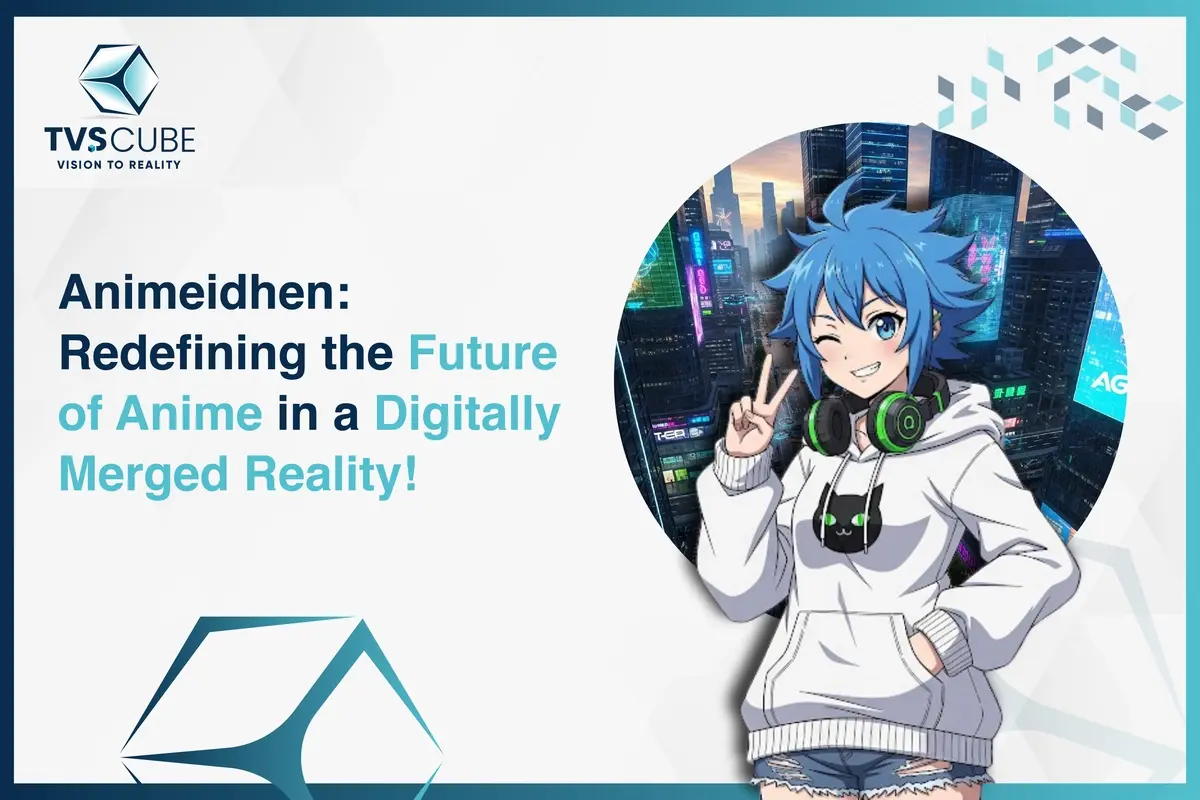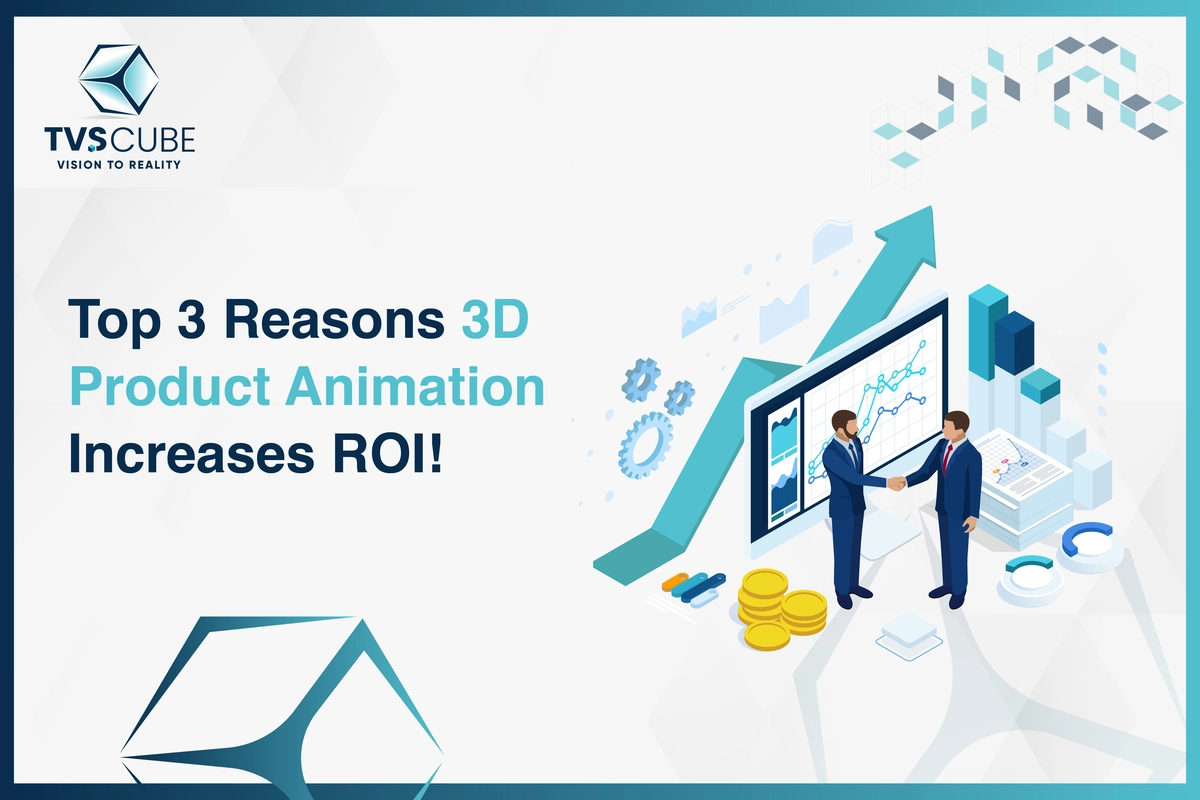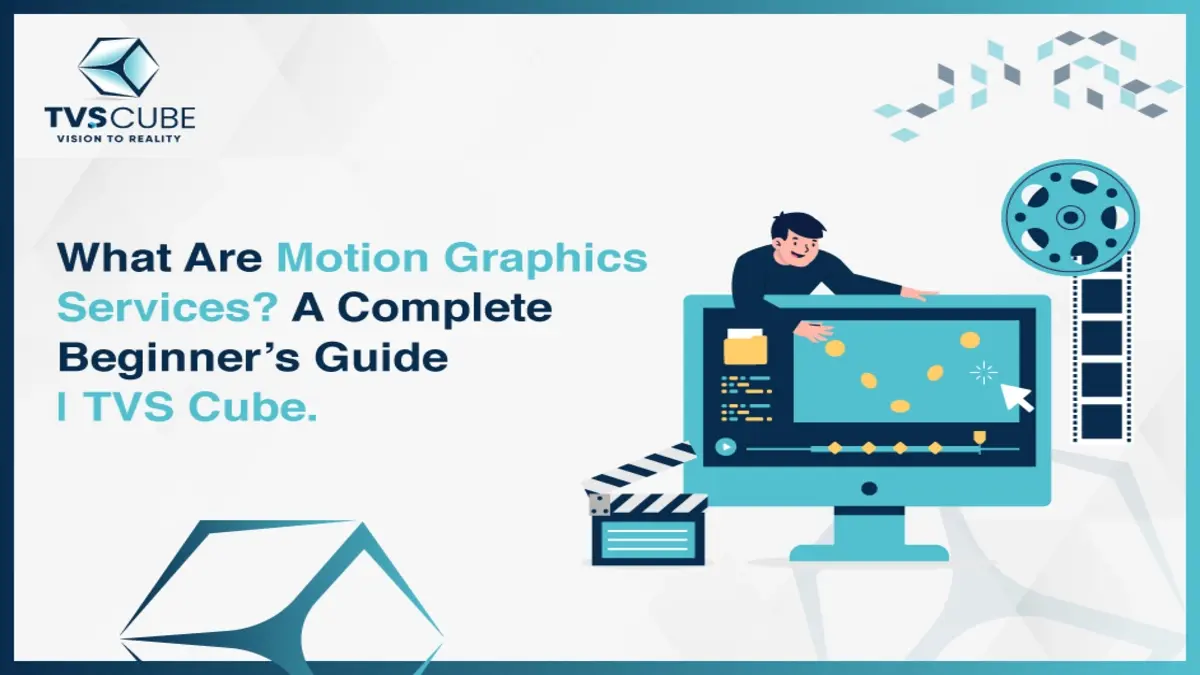
Architecture, in its most fundamental definition, is the art and science of designing buildings and structures with both functionality and aesthetic value in mind. Over centuries, its progression has advanced from ancient monuments to futuristic skyscrapers; but when cutting-edge technologies like 3D modeling, animation, and rendering are added into this process we see something else entirely: dynamic visual language which transforms how we experience architecture itself. With the help of Architectural Visualization Services, architects can bring their ideas to life with unparalleled realism and precision.
In this blog, we’ll delve into architecture through an architectural dictionary lens, exploring how 3D structures, animation, and rendering play an instrumental role in its conception and interpretation. Not only will we focus on these technical tools’ technical aspects; instead, we will examine how these tools have revolutionized communication of architectural ideas as well as envision future spaces. Additionally, the rise of services like TVS Cube – 3D Product Modeling has further enhanced the ability to conceptualize complex designs in a virtual environment. For those seeking high-quality visual content, finding video production companies near me or a local video production near me can help create compelling videos that showcase architectural projects in a dynamic, engaging way.
The Growing Impact of 3D Visualization in Real Estate
TVS Cube – Architectural Visualization Services specializes in crafting stunning visuals for architectural projects, helping to communicate design concepts more effectively. In commercial projects, commercial real estate video editing elevates the visual experience, offering realistic walkthroughs and animations for potential buyers and investors. Architecture animation further enhances this process, providing dynamic, lifelike representations that bring architectural visions to life.
1. The Language of 3D Structures: Defining the Building Blocks
Architecture often conjures images of grand and intricate building designs–towers, bridges, monuments and homes–that immediately come to mind. But at their core lies an elaborate web of ideas, principles and technologies which brings these beautiful structures to life. Architectural Visualization Services play a crucial role in translating these concepts into digital representations. 3D structures serve as digital representations of architectural ideas, providing us a means of visualizing spatial designs before becoming physical realities.
3D modeling creates mathematical representations of objects for images or animations. In architecture, it transforms 2D sketches into detailed 3D representations. This allows architects and clients to experience designs fully before construction. Using software like AutoCAD, SketchUp, or CAD and Revit, architects design skyscrapers to easily understand complexity and make instant design changes.
2. Animating Architecture: Breathing Life into Design
Animation in architecture enhances visualization with movement and time, bringing designs to life realistically. It simulates how people interact with a space, how light affects structures, and how designs navigate various environments. Architectural Visualization Services help architects and clients engage with these dynamic concepts more effectively.
A virtual tour of a luxury hotel, created by a 3D house walkthrough, showcases the design details from entrance to rooms, providing a realistic experience for clients. TVS Cube – Architectural Visualization Services specializes in producing high-quality animations that bring architectural designs to life. 3D product visualization services are also essential for showcasing design details of furniture or interior elements in a realistic, interactive manner. Animation in architecture is crucial for making informed design decisions by visualizing how buildings will interact with their surroundings, influencing choices for materials and structural features. Moreover, a 3D floor plan maker provides architects and clients with detailed, interactive floor plans that enhance the understanding of space and layout.
3. Rendering: The Final Touch in Our Architectural Visualization Services
Rendering is the final stage in visualizing architectural projects and is key in turning digital models and animations into lifelike images or videos, giving their conceptual ideas physicality through textures, lighting effects, and atmospheric features. Rendering brings projects alive! It transforms digital models and animations into high-realism photoreal images or videos for viewing by viewers online or via traditional print media – it brings dreams alive! Architectural Visualization Services provide this critical step, ensuring that designs are presented with stunning detail and accuracy.
Architectural 3D animation services use advanced rendering techniques to create dynamic 3D visualizations that offer a comprehensive understanding of the project. 3D animation videos bring architecture to life by showcasing the building’s design through immersive animations, allowing clients to experience the space before construction even begins. Additionally, 2D video animation services can be employed for simpler, yet effective visualizations, offering a more traditional approach to project presentations. For more detailed and creative visual storytelling, a 2D animation house can help architects produce compelling 2D animations to communicate design concepts effectively. TVS Cube Architectural Visualization Services are crucial for helping clients visualize their future homes, see designs in context with virtual environments, and experience changes instantly through real-time rendering and VR.
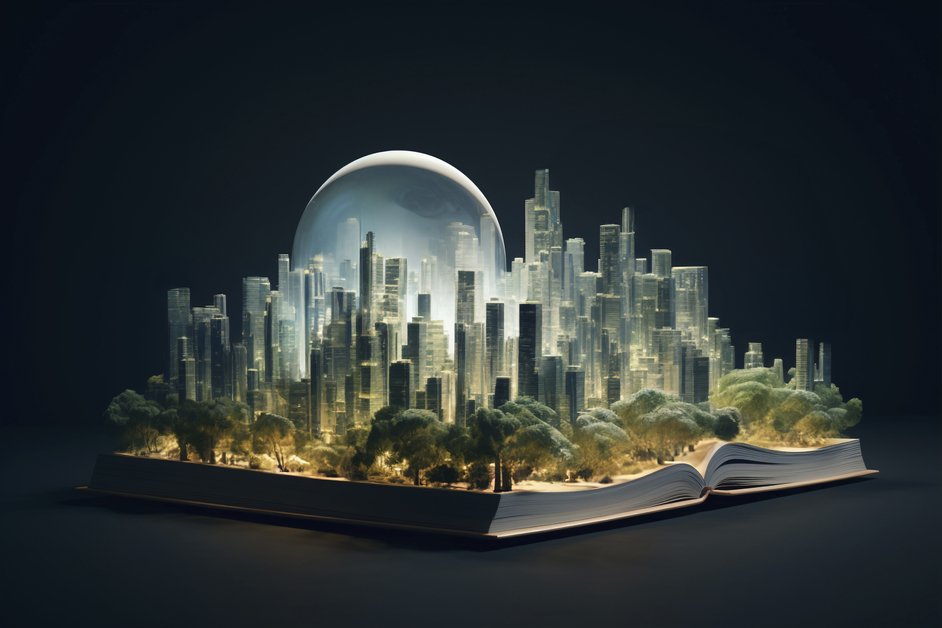
4. How 3D Structures, Animation, and Rendering Transform Architecture
First of all, let’s get into the debate! Is architectural visualization in demand? Positively, architectural visualization is in high demand. As the construction and real estate industries become increasingly digital, the need for high-quality visual representations of designs has grown. Real estate developers, architects, and interior designers all rely on architectural visualization to communicate their ideas effectively to clients and investors.
Moreover, integration of 3D structures, animation and rendering into architectural practice has revolutionized it in several profound ways:
a. Enhanced Communication and Collaboration
Traditional 2D blueprints may provide dimensions and measurements, but do not offer as much clarity and communication as 3D models do. Now architects, engineers, and clients can collaborate more efficiently by sharing digital models in real-time; using such digital models makes communicating complex ideas simpler than ever! Architectural Visualization Services play a crucial role in facilitating this process, offering interactive models that allow for better decision-making and understanding. Additionally, Real Estate Virtual Tours provide an immersive way for clients to explore properties remotely, further enhancing communication and collaboration.
b. Faster Design Iteration
Being able to rapidly make modifications to a 3D model and see those changes instantly visualized as animation or renderings allows architects to explore various design iterations more rapidly than through traditional methods – thus guaranteeing that clients receive designs tailored specifically for them. Animated videos for marketing are also an effective tool to showcase design concepts and iterations, helping clients visualize the final product in a dynamic, engaging way. This allows for faster feedback and more efficient design refinement.
c. Cost Efficiency
By visualizing the final design in 3D and animation before construction begins, potential issues or inefficiencies can be quickly identified to prevent costly mistakes and delays during the building process. Furthermore, photorealistic rendering capabilities remove the need for expensive physical models, thereby saving both time and money during this process. Architectural Visualization Services play a key role in this by offering detailed, accurate representations of designs that allow for early problem detection. 3D architectural animation services take this a step further by providing dynamic visualizations, helping architects and clients foresee potential challenges and make adjustments in real time. This reduces the likelihood of costly errors later in the construction phase.
d. Client Engagement and Satisfaction
One of the primary drivers behind using 3D structures, animation, and rendering in architecture is client satisfaction. Traditional architectural plans may be difficult for non-experts to interpret; our Architectural Visualization Services incorporating 3D models allow clients to understand designs more intuitively while exploring spaces, such as how a room fits with its environment or making informed decisions. This level of involvement ensures more satisfying projects overall. Video Production and Editing also enhance client engagement by creating detailed visual presentations of the design process, allowing clients to interact with the project and offering a clearer understanding of the final outcome.
5. Breaking Boundaries with Advanced Technologies in Architecture
As architectural technology continues to advance, so too do our abilities for producing increasingly advanced visualizations. While 3D structures, animation, and rendering have already transformed how we view architectural design, more revolutionary developments await in the near future. Let’s examine some cutting-edge technologies which are pushing Architectural Visualization Services forward.
a. Artificial Intelligence (AI) in Architectural Design
Artificial Intelligence in Architectural Design has already made waves across industries, with architecture being no different. AI is revolutionizing architectural rendering by speeding up and improving accuracy; by analyzing data sets from past designs, it suggests optimal structures, materials, and layouts, saving designers time while improving overall design quality. Architectural Visualization Services are enhanced by AI, making it easier for designers to create detailed visual representations of their ideas.
Additionally, understanding the difference between CAD and Revit is crucial in this context, as these software tools offer varying capabilities for 3D modeling, with Revit being particularly useful for BIM integration and collaboration, while CAD is more focused on precision drafting and 2D designs.
b. BIM (Building Information Modeling)
BIM (Building Information Modeling) has transformed the construction industry. Not simply restricted to creating 3D models of buildings, BIM provides architects and builders with valuable insight into every component of a structure, including structural elements, HVAC systems, wiring infrastructures, and plumbing installations. BIM helps understand how all pieces fit together! 2D vs 3D animation plays a key role in BIM as well, as 3D animations can simulate how the various systems interact within a building, while 2D animations might be used for simpler representations or presentations. Understanding both approaches helps architects and clients visualize the full scope of a design before construction begins.
c. Augmented Reality (AR) and Virtual Reality (VR)
While Virtual Reality allows designers to become completely immersed in their designs, Augmented Reality (AR) goes one step further by merging the digital with the physical world. Through AR, clients can overlay virtual building models over physical spaces to see how the design would appear there; city planners can superimpose structures onto an existing landscape to gain real-time insight into how structures may alter surrounding ecosystems. Architectural Visualization Services are increasingly incorporating AR and VR technologies, enhancing the ability to visualize complex designs in interactive and immersive ways. Additionally, TVS Cube – real estate video marketing services are using these technologies to create virtual tours that help potential buyers and investors engage with properties in a highly interactive, realistic manner.
d. 3D Printing in Architecture
An exciting trend in Architectural Visualization Services is the increasing use of 3D printing technology. Also known as additive manufacturing, it allows architects to create intricate models or full-scale structures step-by-step, using materials like concrete, clay, or recycled plastics. This innovative approach offers unparalleled design flexibility, efficiency, and the potential to contribute to sustainable architecture. By combining 3D printing and rendering technologies, architects can visualize and bring their designs to life in ways previously not possible. This trend is revolutionizing how buildings are envisioned and constructed. In the real estate sector, TVS Cube – real estate video services is also leveraging 3D printing and architectural visualizations to create detailed walkthroughs and marketing materials that help clients understand the true potential of a property.
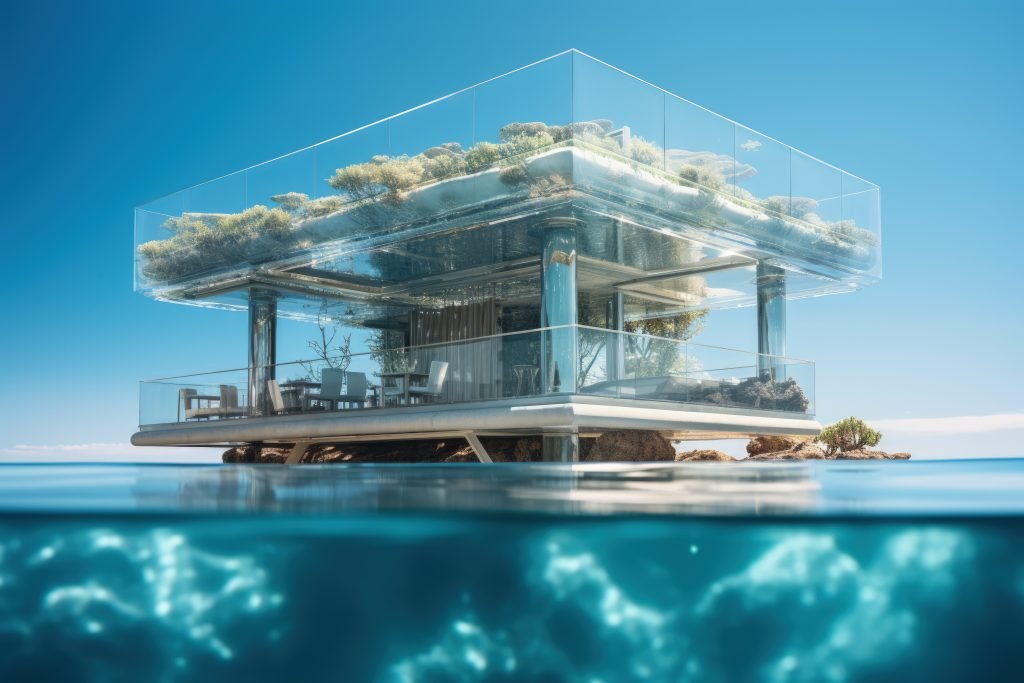
6. The Role of Interactive Visualization in Architecture
Before getting deep into visualization let’s make it clear; what does an architectural visualizer do? An architectural visualizer creates digital renderings, animations, and interactive walkthroughs of architectural designs. They use 3D modeling, rendering software, and sometimes virtual reality to bring architectural concepts to life, helping clients visualize the final product in realistic detail.
The digital age has revolutionized architecture by allowing real-time interactive visualization platforms like Enscape, Twinmotion, and Unreal Engine to enable clients to manipulate designs with materials, lighting, and layout configurations. This cutting-edge software integrates 3D modeling and rendering to give architects and designers unprecedented control over real-world spaces. Architectural Visualization Services are at the forefront of this transformation, providing immersive and interactive experiences that make it easier for clients to understand and engage with complex design concepts.
Interactive visualization revolutionizes the way architects and clients explore designs, using 3D rendering and animation. It allows for in-depth exploration of spaces under various conditions, ensuring designs meet expectations. It is also used in urban planning, enabling citizen participation in public projects, leading to refined designs that meet local needs and desires. Architectural Visualization Services not only enhance the design process but also foster a more inclusive and collaborative approach to planning and development.
7. Environmental and Sustainable Design through 3D Visualization
As our planet struggles against rising environmental challenges, the significance of sustainable architecture cannot be overstated. 3D visualization tools have become more frequently employed for designing energy-efficient buildings with minimum environmental impacts using energy modeling software embedded within 3D design tools such as Revit or Rhino. By simulating how a building performs in terms of energy use, water use, material usage efficiency, etc., architects are better able to predict its performance before construction begins. Architectural Visualization Services are essential in this process, providing detailed and accurate representations of designs that help architects make informed decisions about sustainability.
Architects use rendering and architecture animation to visualize the interaction of solar panels and natural ventilation systems with buildings. This helps optimize designs for aesthetics and environmental impact. Commercial real estate video editing further enhances this process by producing high-quality videos that showcase the building’s sustainable features, allowing potential clients or investors to see the real-world benefits of energy-efficient designs. Animated Architectural Visualization Services also simulates natural elements’ behaviors, aiding in decisions for sustainable building practices that reduce waste and improve occupant wellbeing, ultimately lowering costs and enhancing quality of life.
8. The Impact of 3D Visualization on Real Estate and Marketing
Real estate companies now rely heavily on 3D Architectural Visualization Services to market new developments. Photorealistic 3D renders and animations are used by real estate developers to show potential buyers properties before construction even starts; virtual tours, interactive walkthroughs, and 360-degree renders allow clients to explore properties from any part of the globe for enhanced buying experiences. Architectural Visualization Services play a key role in creating these immersive experiences, offering high-quality digital representations that help clients visualize future properties in detail.
Prospective buyers of new residential complexes can virtually tour their future homes using 3D-rendered environments showcasing various finishes and layouts. This immersive experience improves client engagement, aiding in decision-making and reducing uncertainties. Real estate video editing services are essential in creating polished, engaging videos that highlight the property’s features and enhance client understanding. Marketing with real estate video and 3D animations generates buzz and attracts investors before construction begins, ensuring a strong market presence even in the early stages of development.
9. Looking Ahead: The Future of Architectural Visualization
As technology develops, so will the tools used by architects to design and visualize buildings. AI, machine learning, 3D printing, and real-time rendering technologies continue to push back against limitations within architectural design—opening up possibilities in architectural visualization with even more immersive and interactive ways for people to explore our built environments. Architectural Visualization Services are at the forefront of these advancements, providing architects with the ability to present their designs in dynamic, highly detailed digital formats.
For Those who have concerns about what is the future of architectural visualization? Well, it’s unstoppable and magnificent! The future of architectural visualization is promising, with advancements in virtual reality (VR), augmented reality (AR), and artificial intelligence (AI) shaping the industry. Real-time rendering and immersive 3D environments will continue to enhance how architects, developers, and clients interact with designs. As technology evolves, the ability to experience architectural designs in increasingly realistic and interactive ways will become more widespread.
Architects can use AI, real-time rendering, and VR technologies to design interactive virtual cities, simulating traffic patterns and optimizing environmental factors. With more data, they can use predictive design tools to foresee building performance over time. AI and machine learning enable architects to create beautiful and functional buildings, optimizing traffic flow and energy consumption. Additionally, 3D Architectural Visualization Services are key in translating these innovations into realistic, tangible visualizations, allowing for detailed exploration and analysis of architectural concepts before construction begins.
TVS Cube – The Ultimate 3D Animation Agency for Architectural Visualization
Visual representation of architecture is no longer limited to blueprints, sketches, or static 2D images. Now, 3D animation and virtual tours play a revolutionary impact on how architects, designers, and real estate developers present their ideas. And it is TVS Cube—the top 3D animation company—that delivers Architectural Visualization Services par excellence. So, dream no more—whether your ambition is to construct the house of your dreams or showcase a commercial space, TVS Cube is the company you want to partner with for some truly immersive, captivating, cutting-edge architectural animation.
In addition to their animation expertise, real estate videos produced by TVS Cube provide a dynamic way to showcase properties, enhancing client engagement and driving interest. For commercial projects, commercial real estate video editing ensures high-quality, polished videos that effectively highlight key features and attract potential buyers or investors.

Why TVS Cube Stands Out in the World of 3D Animation for Architecture
What really sets TVS Cube Architectural Visualization Services apart? It’s not about making pretty pictures-it’s about storytelling. The folks at TVS Cube understand the nuances of architectural design; they know how to translate that thinking into lively, realistic animations that could capture both the essence and the perspective of a space as well as engage and inspire the audience.
1. Unmatched Realism
TVS Cube has become masters at creating photorealistic 3D models that appear and feel just like real life, from lighting effects that evoke natural daylight, to textures resembling every material used in an architectural structure, our Architectural Visualization Services work brings designs alive with extraordinary precision.
2. Immersive Virtual Tours
TVS Cube’s interactive Architectural Visualization Services including 3D virtual tours make viewing buildings before construction even begins much more engaging than before; visitors can explore every room, zoom into finer details, and gain an impression of its flow all from the convenience of their own screen!
3. Dynamic Storytelling
TVS Cube takes pride in creating compelling visual stories through 3D animation. Our 3D Architectural Visualization Services utilizes angles, lighting and camera movements that show architectural designs from every possible angle and viewpoint; making each project feel alive and captivating its viewers’ interest from every frame forward.
4. Tailored to Your Vision
TVS Cube understands every project is special, working closely with clients to ensure each aspect of animation embodies the true spirit of their design. Be it an urban development project, skyscraper design or traditional house, TVS Cube brings your visions alive exactly how you imagined them!
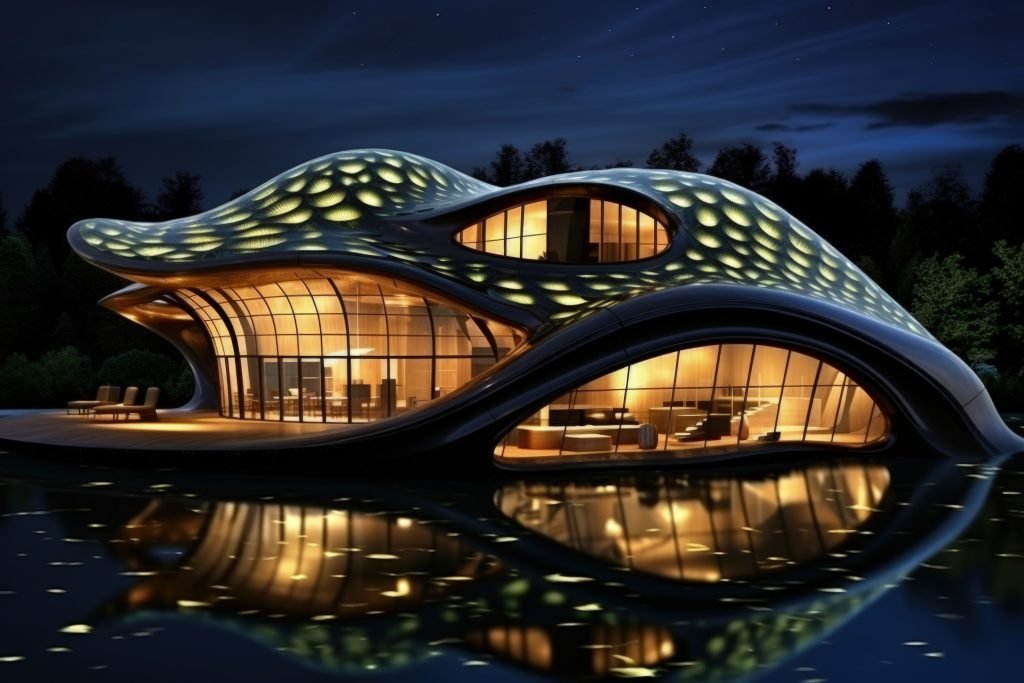
What are the architectural visualization techniques?
| Visualization Technique | Description | Purpose |
| 3D Modeling | The creation of a three-dimensional representation of a building or structure. | Provides a digital model of the design to visualize space, layout, and proportions before construction. |
| Photorealistic Rendering | The process of generating high-quality images that resemble real-life photographs. | Creates realistic still images to showcase design details, lighting, and materials. |
| Animation | A sequence of images or 3D models shown in motion to depict the design over time. | Allows for dynamic presentations, such as flythroughs or walkthroughs, to show the flow of space. |
| Virtual Reality (VR) | Immersive, interactive 3D environments viewed through VR headsets. | Offers an interactive and immersive experience for clients to explore a design in a virtual space. |
| Augmented Reality (AR) | Technology that overlays digital content onto the real world through devices. | Enhances real-world environments with virtual models, allowing users to visualize designs in their actual locations. |
Why TVS Cube’s 3D Virtual House Tours Attract Viewers: What’s the Secret?
The 3D virtual house tours of TVS Cube Architectural Visualization Services have a certain charm that will attract a visitor. While it showcases a property in a tour, it becomes an experience that draws the viewer right inside the very core of the design. But then, why is it that virtual tours create such an attraction? Secretly, here it is:
1. Interactive Experience
TVS Cube’s Architectural Visualization Services offer interactive journeys. Viewers are given complete control to explore each space at their own pace, zoom into areas they find particularly intriguing or investigate intricate details–creating an experience that feels both intimate and immersive.
2. Real-Time Customization
TVS Cube Architectural Visualization Services stands out by giving users real-time customization of tours in real-time, such as changing walls’ colors or furniture layouts or exploring exterior finishes–all through one simple button click! This adds another level of interaction that encourages potential clients to feel connected to a property more deeply.
3. Full Spatial Awareness
TVS Cube’s tours aim to give audiences an enhanced understanding of space that traditional 2D floor plans cannot. By virtually walking through a house, viewers gain more perspective into its scale, flow and proportions so as to make more informed decisions when purchasing homes for themselves or as investors in real estate investments.
4. High-Quality Visuals
Visuals are another draw. From sharp textures, lifelike lighting effects and fluid animations our Architectural Visualization Services ensure every aspect of design are clear – such as marble floors gleaming underfoot to wooden beams providing warmth – every aspect keeps viewers engrossed throughout their stay in this house looks invitingly lifelike, keeping viewers interested from start to finish.
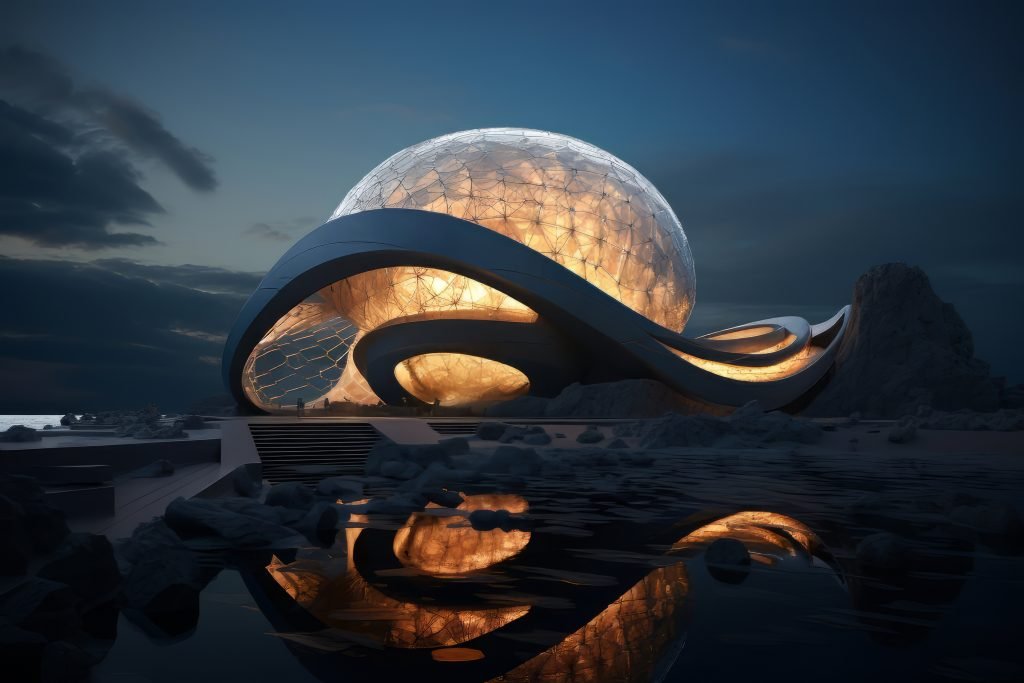
The Unbeatable Benefits of Opting for TVS Cube for Architectural Visualization
It has a plethora of advantages when it comes to architectural visualization, and takes it a step further than just beautiful photos. Here are comparisons on why TVS Cube should be your number one choice for 3-dimensional animation service in architecture:
1. Elevated Client Presentations
Presenting projects or initiatives to clients or stakeholders has never been simpler or more impactful with TVS Cube’s Architectural Visualization Services that includes 3D animations and virtual tours allowing architects and design firms to present architectural designs more immersively and engagingly, thus building client trust faster while leading them to make informed decisions more rapidly, leading to quicker approvals and less revisions overall.
2. Enhanced Marketing Capabilities
TVS Cube’s 3D visualization services offer high-quality 3D content that can be leveraged across several marketing platforms — websites and social media channels to virtual reality exhibitions and promotional videos– to attract attention and generate leads more easily in today’s competitive real estate marketplace. With these innovative marketing tools in hand, real estate sales teams can win with ease!
3. Cost and Time Efficiency
With TVS Cube – Architectural Visualization Services, you can avoid the traditional costs and delays associated with physical models or photoshoots, thereby saving time and resources in production time and post production iterations timeframes. Plus, changes made digitally provide greater flexibility while speeding iterations cycles to stay on schedule with deadlines.
4. Increased Buyer Engagement
TVS Cube’s visuals are tailored to capture and hold viewer interest for new developments or single properties alike, whether showcasing them through 3D experiences that encourage potential buyers or tenants to spend more time exploring your offering – often leading to higher conversion rates as a result of such increased engagement.
5. Stay Ahead of the Curve
As technology develops, so too do demands for cutting-edge presentations. TVS Cube can ensure your organization keeps pace by offering state-of-the-art 3D animation and visualization services – not only does keeping up with emerging tech enhance your project appeal but it positions you as a visionary leader within its industry.
The End Note – Architectural Visualization Services
In the modern era, architecture has expanded beyond physical materials with 3D structures, animation, and rendering, allowing architects to create immersive experiences. TVS Cube Architectural Visualization Services stands out for its innovative 3D animation services that prioritize realism and interactivity. They provide virtual tours and animations for the industries of real estate, architecture, and interior design as an enhancement to presentations and a memory aid for bringing ideas to life. Architecture is heading toward a future increasingly emotional, interactive, and sustainable in time, while shaping realism technologies that affect design and imagination around the world.
So, why compromise when you can go all the way? Transform your thoughts with TVS Cube Architectural Visualization Services today into stunningly beautiful visual experiences!







